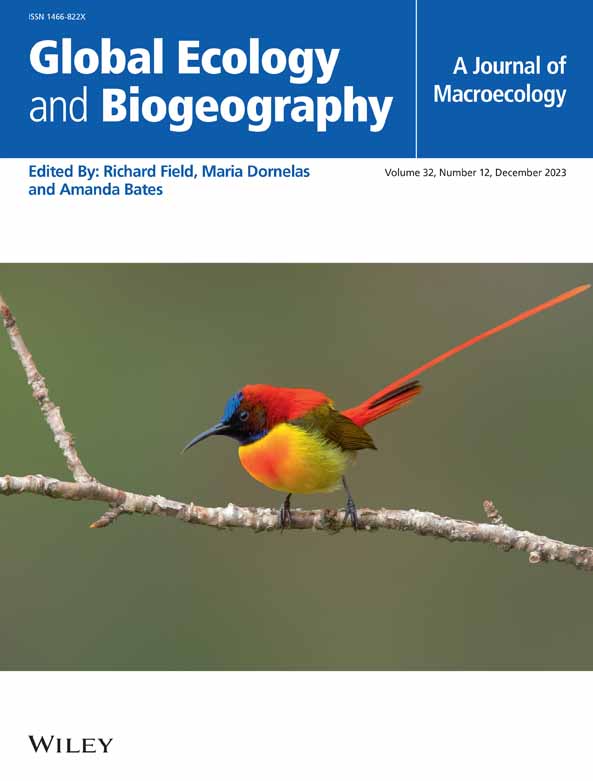Aridity-Driven Non-Linear Shift of Plant Sodium Allocation Strategy at Regional and Global Scales
Abstract
Aim
Plants allocate sodium (Na) to leaves and roots as an adaptation to salinity and drought, potentially modulating herbivory and ecosystem carbon cycling. However, large-scale spatial patterns and environmental drivers of plant Na allocation remain unclear.
Location
China and the world.
Time Period
Field data were collected between 2013 and 2019. Literature data were collected between 1970 and 2024.
Major Taxa Studied
Vascular plants.
Methods
We compiled a global database of paired leaf Na (NaLeaf) and root Na (NaRoot) content, combining field observations from 2183 species across 72 Chinese ecosystems with globally synthesised literature records.
Results
The spatial pattern of plant Na allocation between leaves and roots is primarily regulated by aridity. Generally, plants allocate more Na to roots in humid zones but more to leaves in arid zones. Furthermore, aridification leads to abrupt and non-linear increases in the NaLeaf to NaRoot ratio (NaLeaf:Root) when aridity exceeds the critical threshold (0.814 for the Chinese plant species and 0.774 for the Chinese plant community). Importantly, the threshold response is consistently observed from species to community levels and from China to global biomes.
Main Conclusions
Our findings demonstrate the flexible allocation of plant Na in response to salinity and drought on a large scale. Projected aridification could amplify leaf Na allocation in threshold-exceeding regions, possibly enhancing the activity of herbivores and decomposers and triggering cascading impacts on plant community structure and carbon cycling rate.

 求助内容:
求助内容: 应助结果提醒方式:
应助结果提醒方式:


